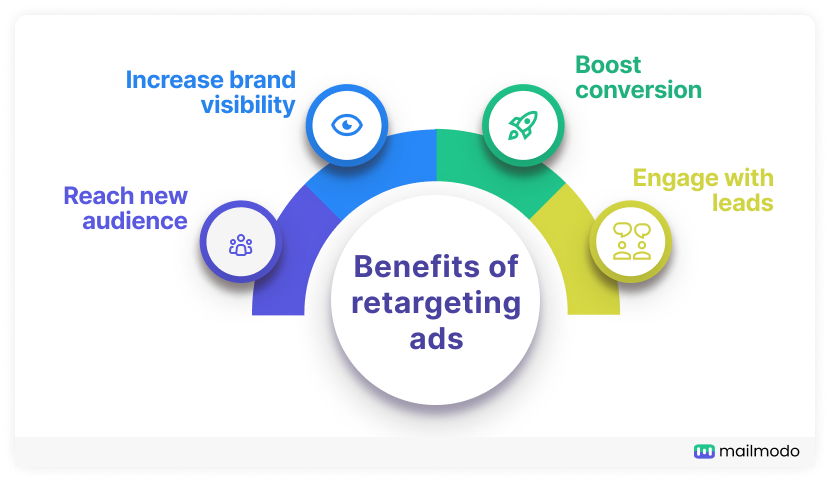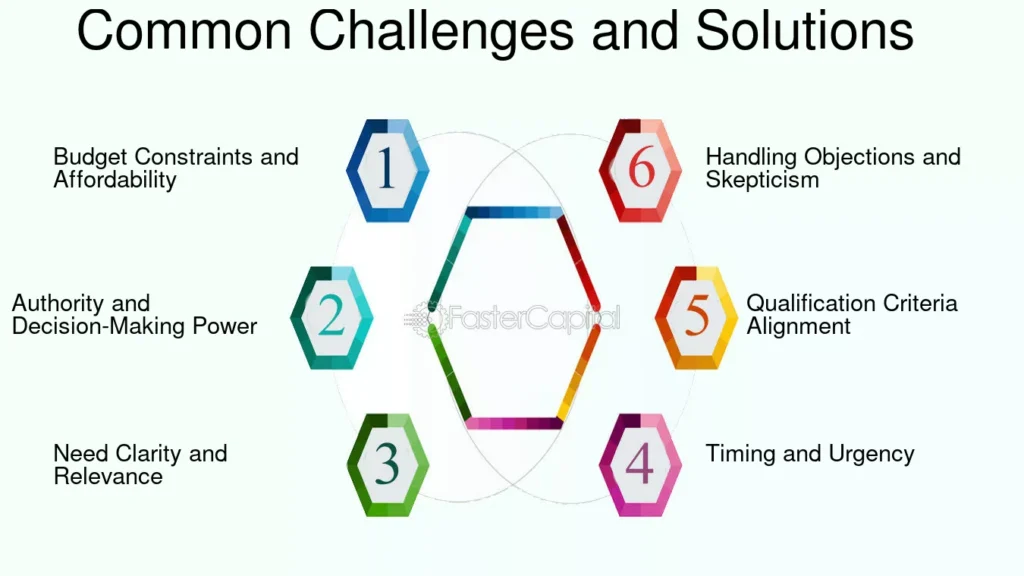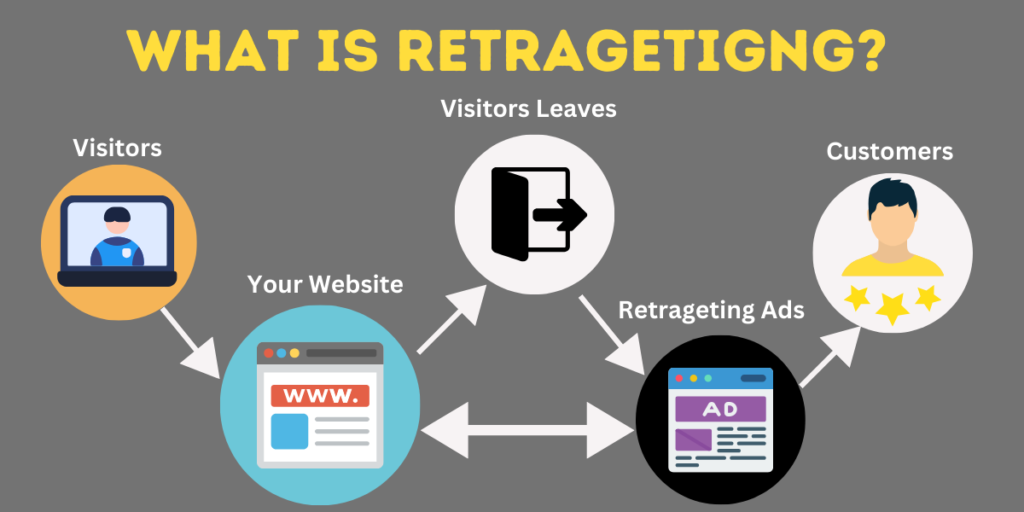By showing customized advertisements to website visitors after they have left the site, retargeting is a potent digital marketing tactic that aims to turn them into consumers. That’s the power of Retargeting. In the end, retargeting increases conversion rates and maximizes the return on investment for your marketing efforts by keeping your brand and products in front of potential customers, bridging the gap between interest and purchase.
Understanding Retargeting: The Basics
A digital advertising strategy called retargeting, sometimes referred to as remarketing, seeks to re-engage website visitors who have already visited but did not finish a desired action, such making a purchase. A pixel is a tiny bit of code that you can add to your website to track visitors and show them tailored advertisements on several platforms. This tactic keeps your brand at the forefront of consumers’ minds and motivates them to come back and finish their transaction.
How Retargeting Works
Cookies are used in retargeting to monitor users’ internet activity. A cookie is installed in a visitor’s browser when they visit your website, allowing you to track their online activities. These users can then see customized advertisements reminding them of your goods or services on other websites they visit. They are more likely to visit your website again and become consumers as a result of this ongoing exposure.

Benefits of Retargeting
Retargeting’s potential to dramatically increase conversion rates is its main advantage. Retargeting campaigns, which target people who have already expressed interest in your items, usually result in better interaction and sales than traditional display ads. By concentrating on an audience that is already familiar with your brand, retargeting can also improve brand recall, increase repeat visitors, and provide a higher return on investment.
Best Practices for Effective Retargeting
It is crucial to adhere to best practices if you want to maximize your retargeting efforts. Begin by dividing up your audience into groups according to how they behave and use your website. Make individualized advertising content that speaks to their interests and needs. To prevent users from being overloaded with advertisements, employ frequency capping. Make sure your advertisements are in line with your overall marketing plan and include a clear call to action.

Challenges and Solutions in Retargeting
Retargeting has drawbacks despite its great effectiveness. Ad fatigue is a prevalent problem where people grow irritated by seeing the same advertisements over and over again. Rotate your advertising often and vary your ad material to counter this. Ad blockers and privacy issues can also be challenges, so it’s important to be open about how you handle data and to respect user privacy. Using these methods helps enhance campaign performance and preserve a satisfying user experience.

The Future of Retargeting
Retargeting appears to have a bright future as data analytics and technological developments lead to increasingly complex and customized campaigns. Cross-device retargeting, which reaches consumers across numerous devices, integrating with omnichannel marketing tactics, and using artificial intelligence to forecast user behavior are examples of emerging trends. Retargeting will remain an essential tool for marketers hoping to convert visitors into devoted clients as these technologies advance.
Conclusion (Power of Retargeting)
Retargeting keeps your brand and items in front of website visitors’ minds, which is a great way to turn them into buyers. Businesses may develop successful retargeting campaigns that increase conversions and improve their marketing efforts by knowing the fundamentals, utilizing the advantages, adhering to best practices, and resolving obstacles. Retargeting has even more promise for individualized and powerful advertising in the future because to continuous technological developments.


